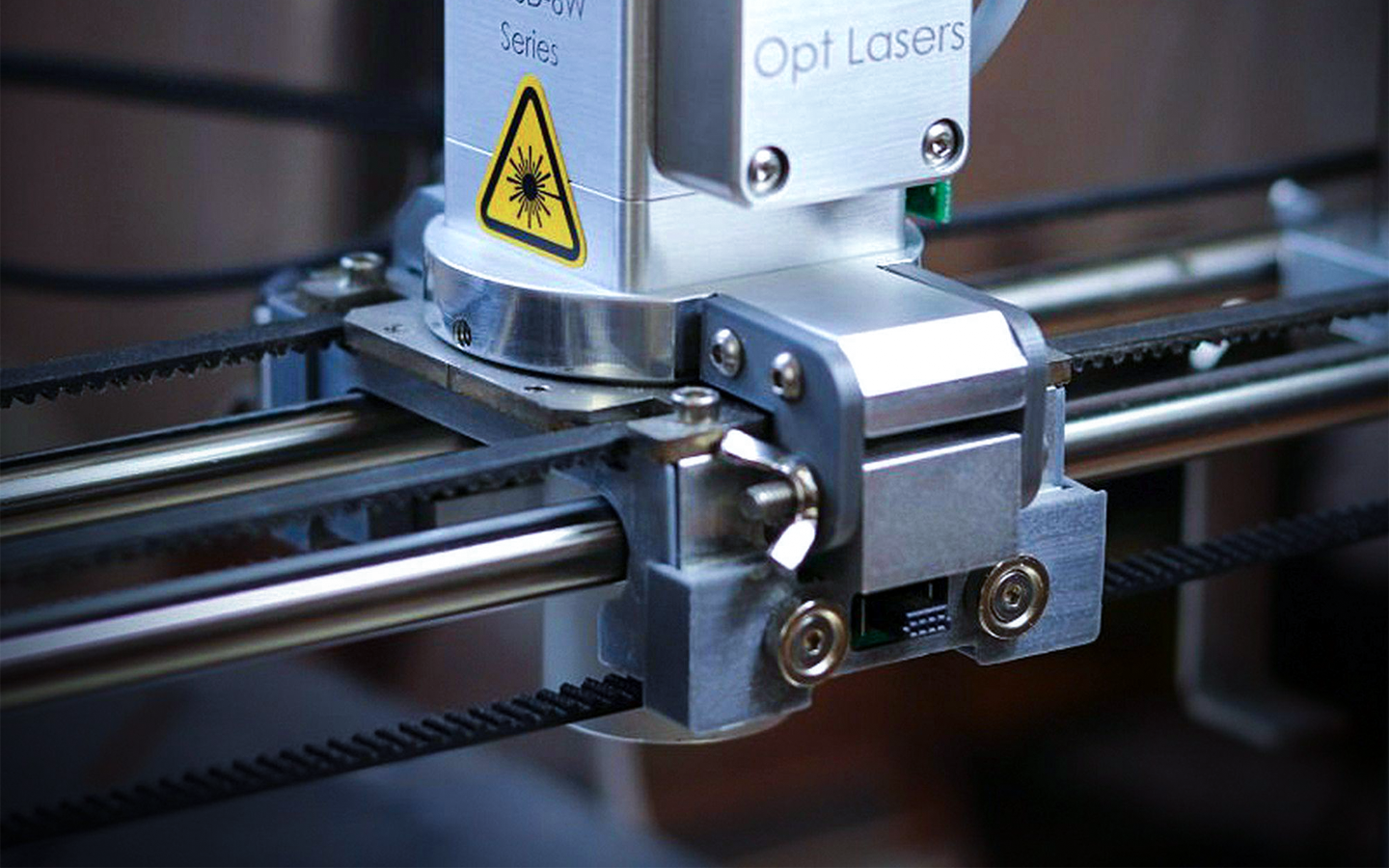How to laser cutting?
Laser cutting is a precise, versatile technology that uses a focused laser beam to cut and engrave materials. This guide covers the essentials and helps you get started with laser cutting, including understanding different types of lasers, materials that can be used, and safety measures. You’ll also learn about the advantages of laser cutting, such as high accuracy, speed, minimal waste, and the ability to create intricate designs that traditional methods may find challenging.
1. Choosing the right material
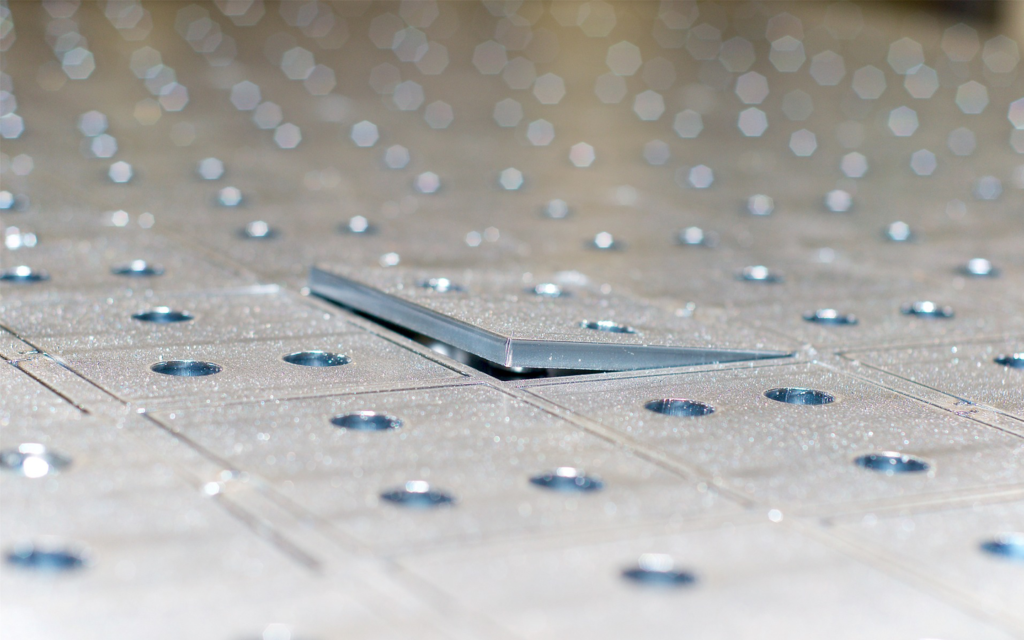
Best-Suited Materials:
- Stainless Steel
- Aluminum
- Copper
- Brass
- Plastics, such as acrylic and polycarbonate
Each of these materials has unique properties that can affect the quality of the cut. For
instance, stainless steel is corrosion-resistant and produces smooth edges when cut,
whereas aluminum is lightweight and easy to cut.
2. Calibration and maintenance of equipment
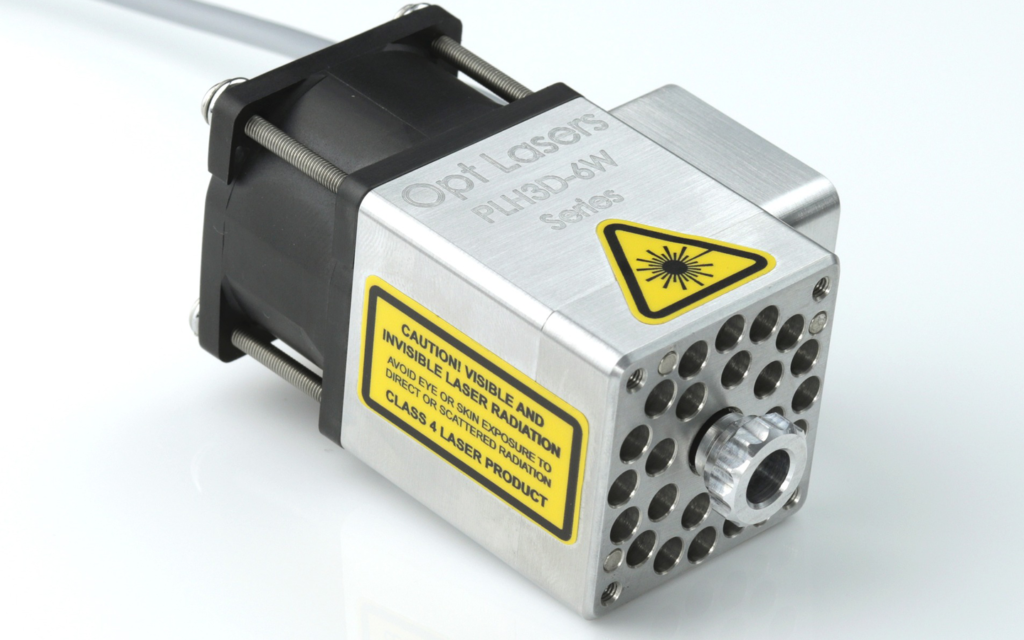
Laser calibration is a critical step in ensuring precise and high-quality cutting results. Proper calibration ensures that the laser’s power, focus, and alignment are optimized for the specific material being used, whether it’s stainless steel, aluminum, carbon steel, or other metals. Without accurate calibration, even the most advanced laser cutting equipment can produce inconsistent or flawed cuts, leading to wasted materials and increased production costs.
The process typically involves adjusting the focal length of the laser to match the thickness of the material, as well as setting the correct power and speed for the cut. If the laser is underpowered, it may fail to cut through the material completely, resulting in rough edges. On the other hand, too much power can cause the material to burn or warp, compromising the integrity of the final product.
Regular laser calibration is essential, especially when switching between different materials or thicknesses, to maintain precision and efficiency. Proper calibration not only improves the quality of the cuts but also extends the life of the equipment, reducing the need for maintenance and minimizing downtime.
- Laser Calibration: Ensure the laser is properly calibrated to provide precise cutting.
- Lens Cleaning: Regularly clean the laser lenses to prevent the buildup of
contaminants that can affect the laser beam quality. - Cooling System Check: Make sure the cooling system is functioning correctly to
avoid overheating of the laser. - Replacement of Worn Parts: Regularly inspect and replace worn parts, such as
nozzles, to maintain the machine’s efficiency.
3. Optimizing cutting parameters
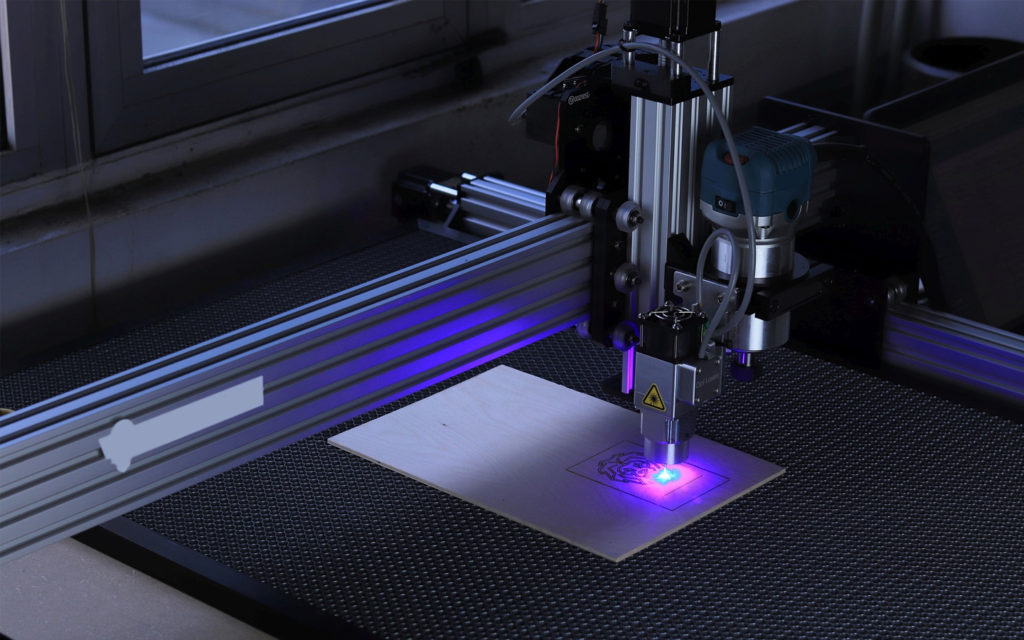
To achieve the best results, it is important to adjust the cutting parameters according to the
specific material and thickness. Here are some key parameters to consider:
- Laser Power: Set the laser power appropriately for the thickness and type of
material. - Cutting Speed: Cutting too quickly can lead to rough edges, while cutting too slowly
can cause excessive heating of the material. - Assist Gas Pressure: Using the correct assist gas (e.g., oxygen, nitrogen) and
pressure can significantly affect the cut quality. - Focus Distance: Adjust the focus distance according to the material thickness to
ensure precise cutting and minimize kerf width.
4. Safety and operator training
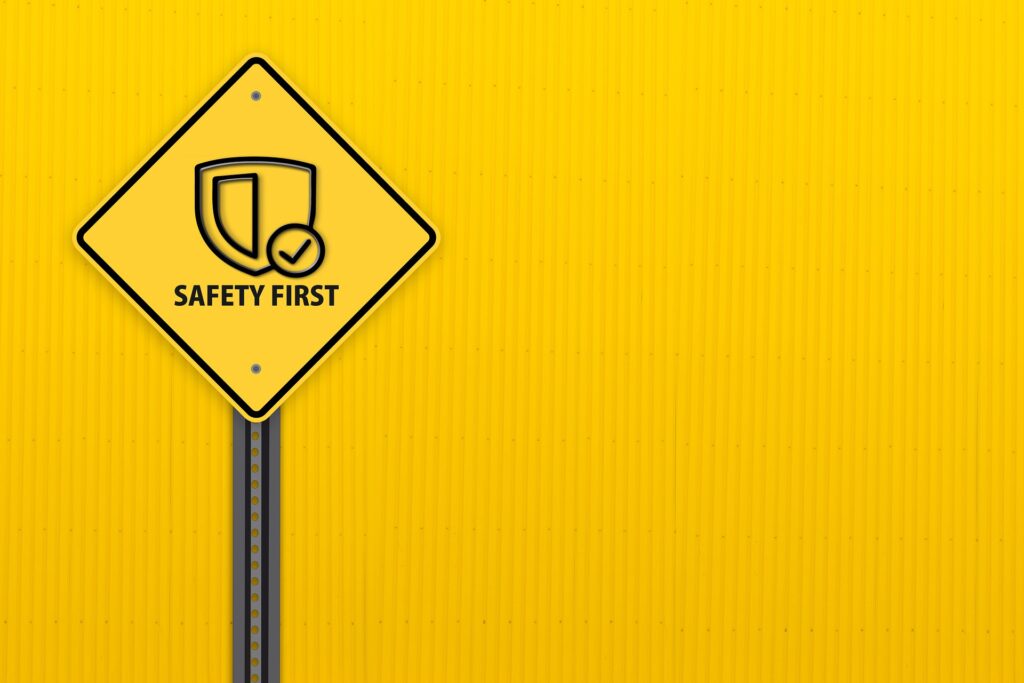
Safety is paramount in any production process. Ensure that all laser cutting machine
operators are properly trained and aware of safety protocols. This includes:
- Wearing Appropriate Protective Gear: Safety goggles, gloves, and protective
clothing are essential when working with lasers. - Knowledge of Emergency Procedures: Operators should be trained in emergency
procedures and know how to respond in case of problems. - Regular Training: Ongoing training and updates for operators ensure they stay
informed about the latest techniques and technologies.
Maximizing the efficiency of laser cutting involves considering several factors, such as
choosing the right material, regular equipment maintenance, optimizing cutting parameters,
and ensuring operator safety. Adhering to these best practices will help achieve excellent
results and enhance production efficiency.

